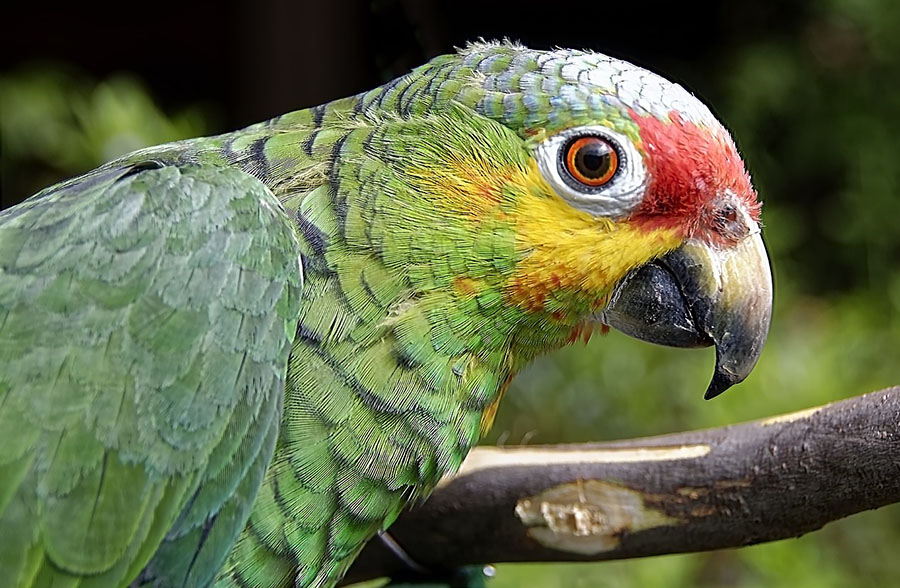We’ve talked about wide angle lenses for photographing birds – but a macro lens?
That’s taking it a step too far, surely?
In the vast majority of circumstances: yes. There are very, very few occasions where you’ll be able to use a macro lens to photograph wild birds. In all likelihood; none.
Getting as close to a wild bird with a macro lens in the same style as we use these lenses with subjects like spiders and other insects or flowers, is not only near impossible but more importantly: not ethical. Harassing a bird for an up close photo is not on.
But there’s something to keep in mind: macro lenses can also function as regular lenses. They don’t have to be used for super close focus photography; it’s just that they have the excellent ability to do so with their very short minimum focus distance and life size magnification (known as 1:1 magnification) compared with other lenses.
Because a good macro lens is extremely sharp, some people like to use them for portraits.
Where does this fit in with birds?
Even the longer macro lenses don’t get you anywhere near the focal length of a telephoto lens; not surprisingly.
The most common types of macro lenses people use for real macro photography include 40mm, 60mm, 90mm and 105mm with 200mm macro lenses also available. Hardly in the realm of desirable bird photography lens focal length.
A portrait lens in the form of a macro lens can work well in specific situations when it comes to birds: zoos or wildlife parks where you can get closer than you will with wild birds.
Get Creative With Close-up Macro Bird Photography
You can think outside the box when it comes to macro bird photography: you don’t have to use a macro lens to take “macro” looking photos.
Close up, detailed photos of a bird or aspects of a bird such as feathers or their eye can be achieved much more easily with a telephoto lens.
You can then be up close, without getting overly close to the bird, at your lens minimum focus distance which will allow you to create incredibly detailed, unique photos of things like feathers, eyes, feet – or anywhere interesting that you want to focus.
It does not necessarily have to be a photo of the whole bird. While not technically a 1:1 macro reproduction ratio, a close up telephoto image of any part of a bird that fills the frame or almost fills the frame is going to have that macro look about it: just make sure the critical part of the image is in focus, and consider that might need to close down the aperture to cater for the very small depth of field you’ll get when shooting up close with a telephoto lens; depending on what you’re trying to achieve with your photo.
